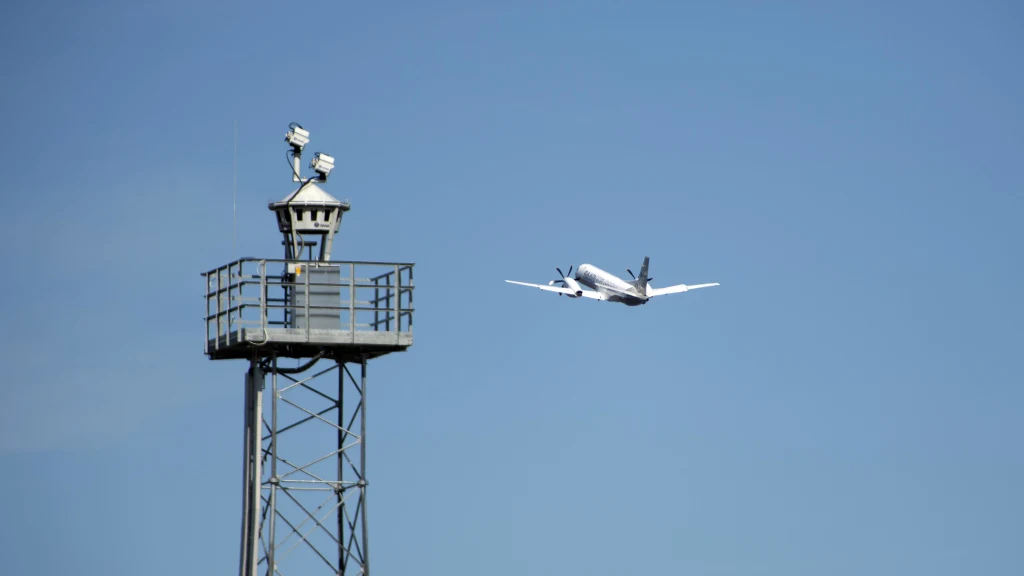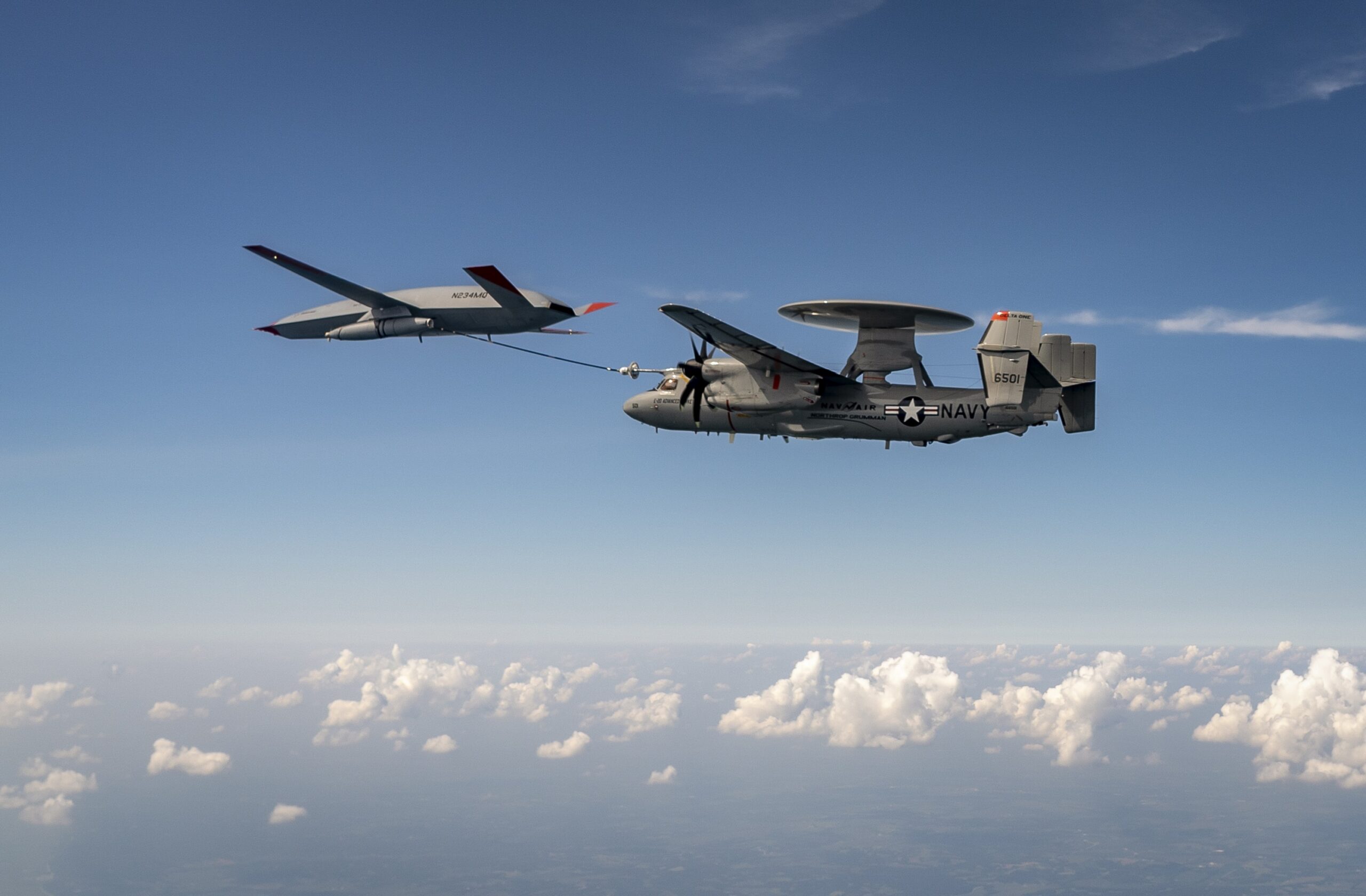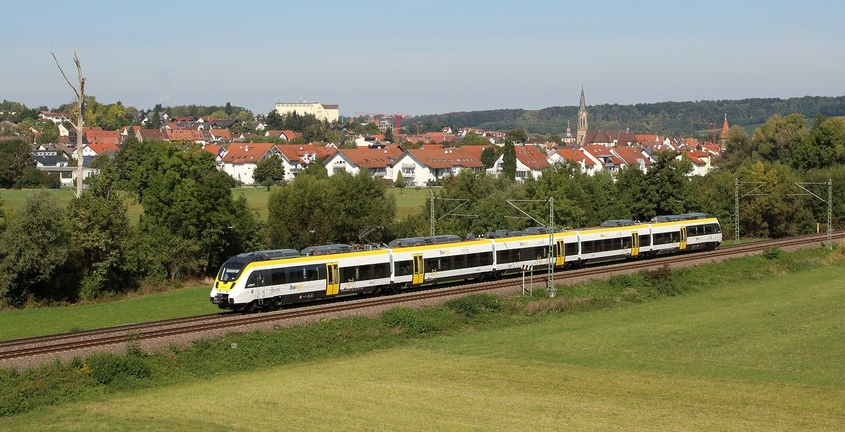Garmin Gets EASA Approval for GFC 600H Flight Control System on AS350 Helicopters
OLATHE, Kansas - June 16, 2022 — Garmin® International, Inc., a unit of Garmin Ltd. (NYSE: GRMN), is pleased to announce European Union Aviation Safety Agency (EASA) approval of the GFC™ 600H for AS350 helicopters, providing…









